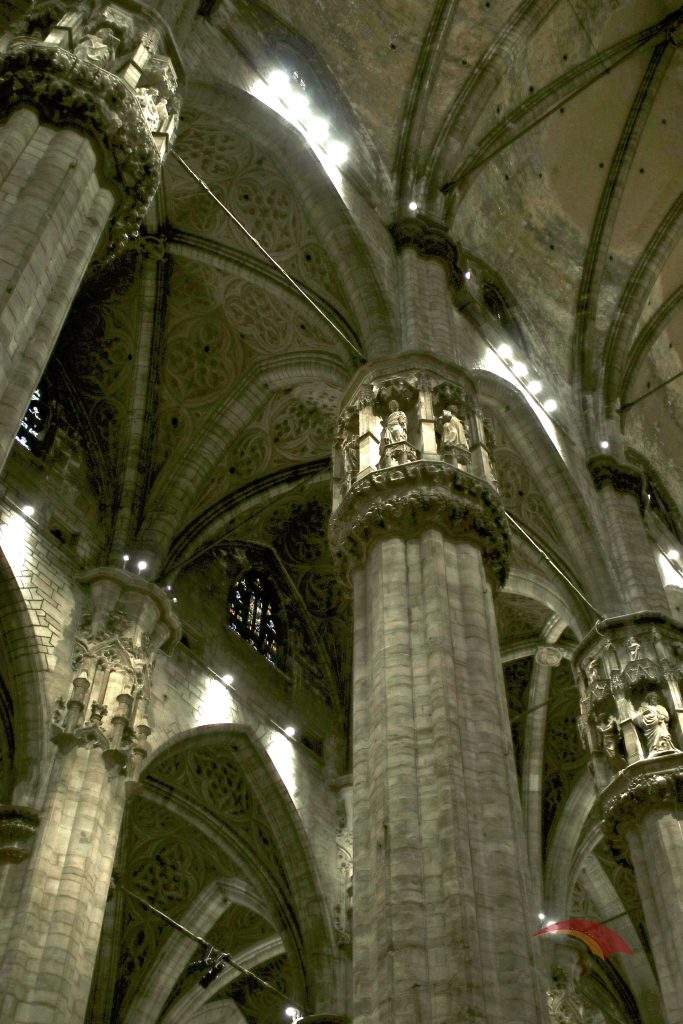The Annunciation by Fra Angelico
1/ There’s more engineering in this painting than you might think. Don’t believe me? Just keep reading… 👇🏽


2/ The Annunciation was painted between 1425 and 1426 by the Dominican friar Guido di Pietro, better known as Fra Angelico.
3/ Note that at that time, one-point perspective didn’t exist yet, even though we are so used to it now! Actually, Brunelleschi was just starting to develop it while living in Florence.
So depth had to be created using every trick available (changes in size, layering of planes).
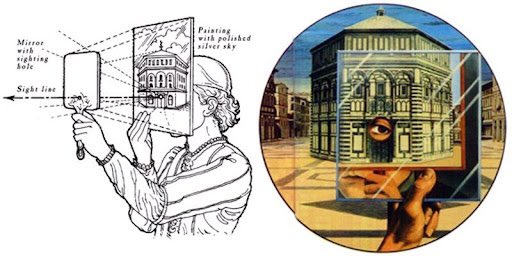

4/ The painting actually shows two scenes:
👉🏼 In the background, the expulsion of Adam and Eve from Paradise.
👉🏼 In the foreground, the Archangel Gabriel announces to the Virgin Mary that she will be the Mother of the Son of God, beneath a Renaissance portico with ribbed blue vaults that have…


5/ …metal braces! (Yes, really.) By the way, this beautiful work is in the Prado Museum in Madrid, right at the entrance to the main gallery on the right. If you haven’t seen it, make a note for your next visit.
And if you have, just go visit one more time.
You can also enjoy it here:
6/ Back to the braces. Is not impressive?
Why are they there? Because arches, and vaults (which are basically arches in 3D), push outward. They tend to spread out.


7/ So you either resist that force from the outside, with something like buttresses…
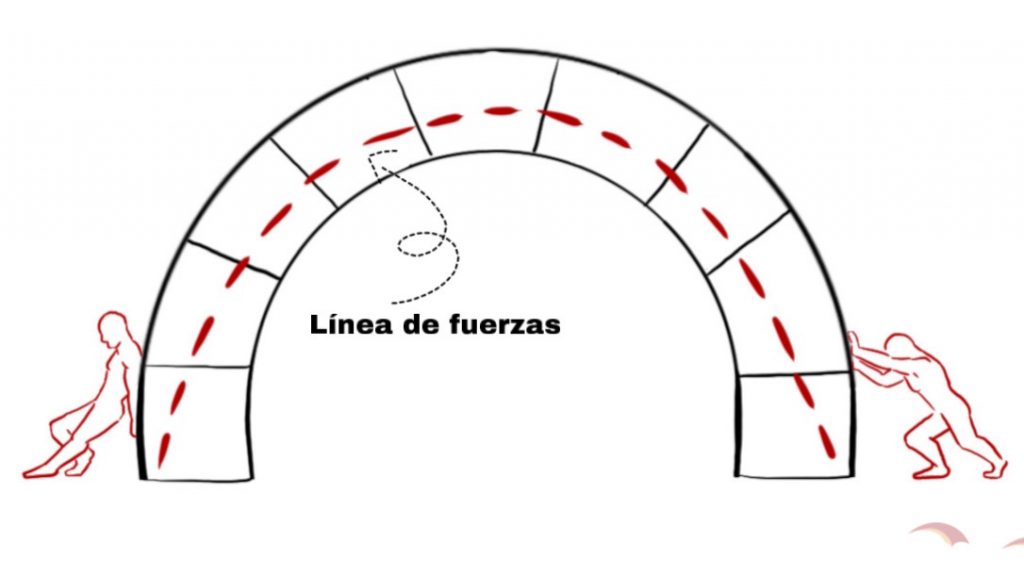

… …or you pull inward with metal braces.
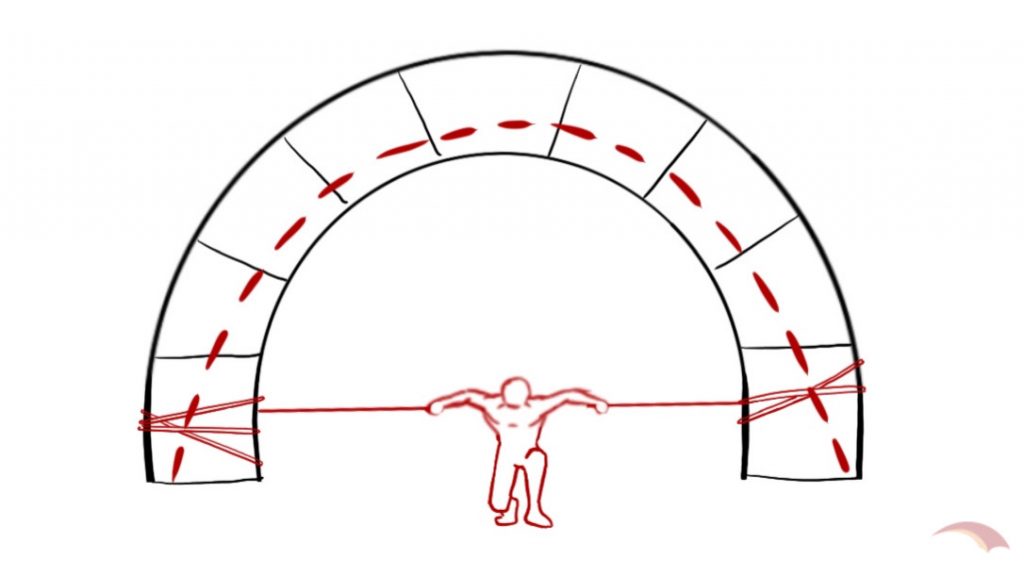

8/ A magnificent example of this is Milan Cathedral, which I highly recommend visiting.
Its structural system is unique among cathedrals thanks to the use of iron braces both across and along the building.
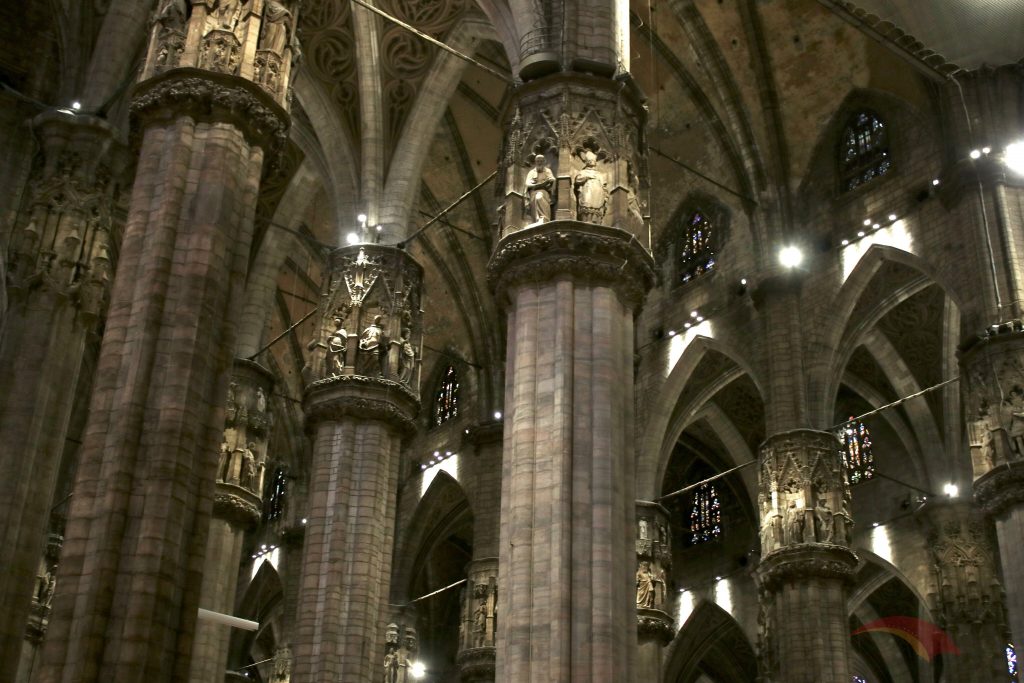

9/ In most Gothic cathedrals, flying buttresses and pinnacles play a key role in stabilizing the structure.
In Milan, though, these spectacular features were added centuries later, so they’re not essential for stability.
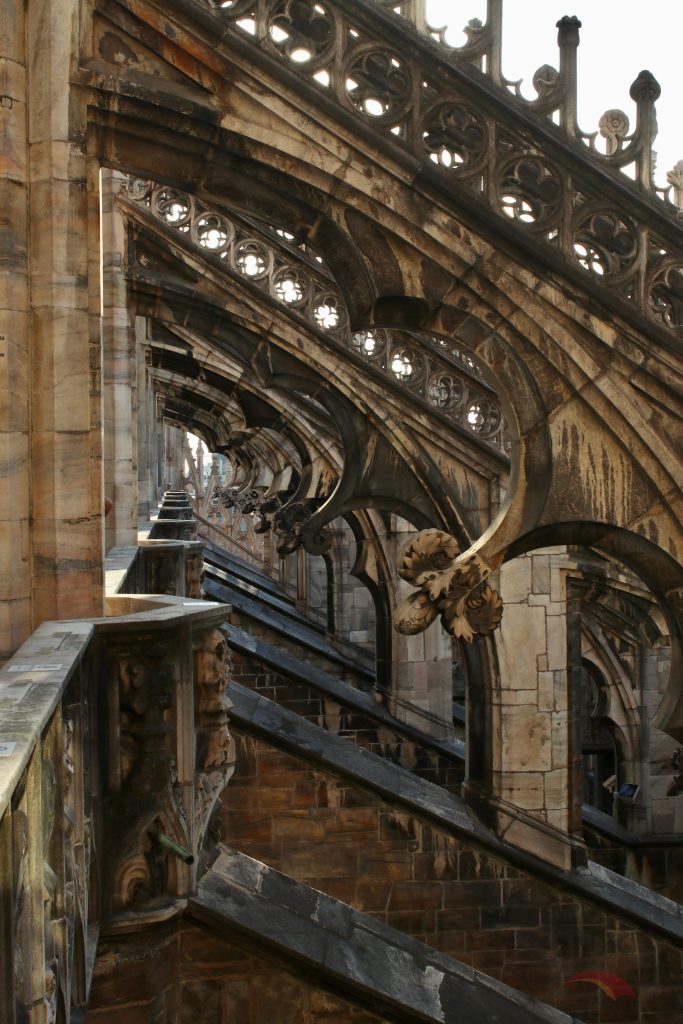

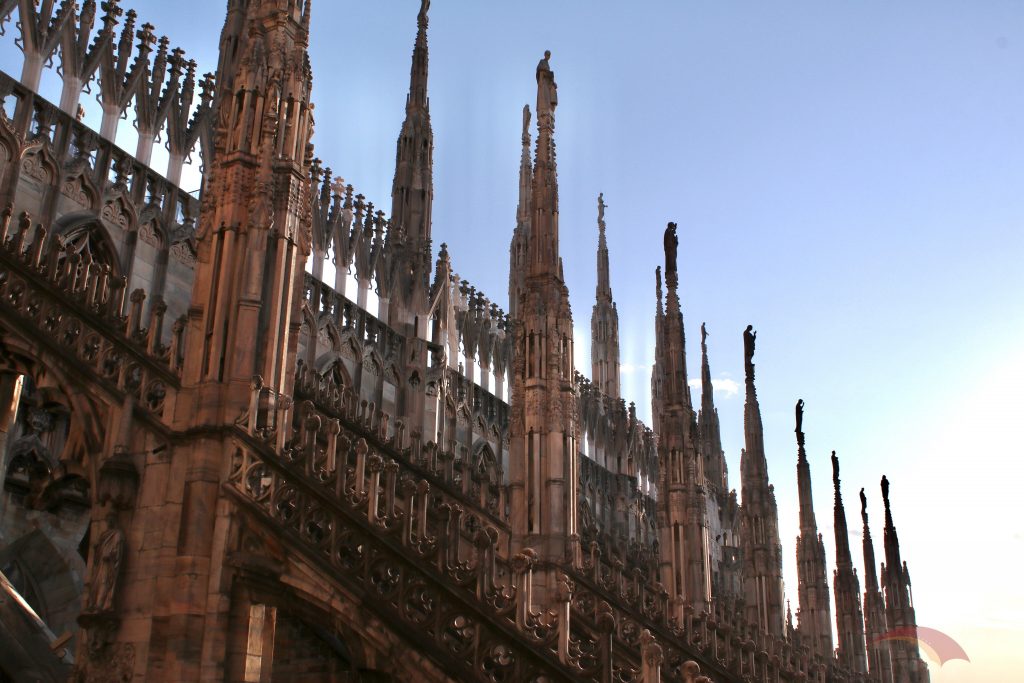

10/ The real stars are the braces. There are 122 metal braces in Milan Cathedral — and most of them are original. 🤯
11/ Usually, braces were just temporary, used during construction to keep everything stable until the building worked as a whole, and then removed. In Milan, they chose to leave them in.
Have you noticed them if you’ve been there?
